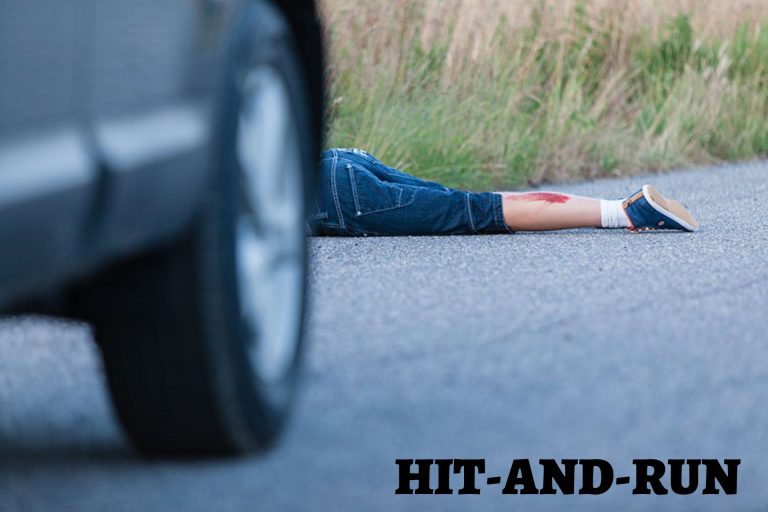Unfortunately, hit and-run car accident are becoming more common. In addition to the physical harm, victims must also deal with the psychological and financial strain of establishing who is at fault. Finding the negligent driver and bringing them to justice can seem like an uphill battle.
Victims of hit and run crashes face additional challenges since the at-fault driver typically flees the scene, leaving behind little to no evidence.
However, it is not impossible to prove liability if the proper procedures are followed. This blog post will provide you with actionable steps to present a compelling case and explore your legal options to guarantee that justice is served.
Understanding the Challenges in Hit and Run Cases
Hit and run accidents differ from other car crashes as the guilty party is not there to accept responsibility. This makes gathering proof and assigning blame especially challenging. Victims are frequently left to handle the fallout on their own, juggling medical bills, auto repairs, and legal issues.
Your chances of establishing liability in a hit and run case increase with the efficiency with which you collect evidence, report the incident, and consult professionals.
How to Establish Liability in a Hit and Run Case
A. Report the Accident Right Away
Reporting the accident to the police is the first thing to do following a hit and run. Witness statements and initial observations are among the crucial aspects of the incident documented in a police report. This report serves as the basis for any insurance or legal claim.
B. Collect Evidence at the Scene
Evidence from the scene of the crash might be essential in establishing liability, even in cases when the at-fault driver is not present. Take pictures of:
- Damage to the vehicle.
- Debris, glass fragments, or skid marks.
- Road conditions and traffic signs.
- The surrounding area, particularly the intersections and traffic signals.
Talk to any witnesses who were present at the accident and get their contact details as well. Witness statements may help identify the fleeing car and offer important insights into how the collision happened.
C. Make Use of Technology and Surveillance
Numerous commercial establishments, residential neighborhoods, and intersections have security cameras installed, which may have recorded the event. Look for:
- Security cameras from surrounding buildings.
- Traffic cameras.
- Dashcam video from your car or other drivers close by.
This footage can be obtained and examined with the help of law enforcement or a private investigator. Finding and confirming the hit and run driver’s involvement depends heavily on surveillance.
D. Seek Expert Testimony and Medical Records
It’s crucial to get medical help immediately if you suffer an injury in the collision. In addition to recording your injuries, your medical records also provide evidence of a connection between the incident and the injury that you sustained.
Furthermore, a specialist in accident reconstruction can recreate the crash scene by examining data such as vehicle damage and road conditions. This testimony may be helpful to prove that the accident was caused by the fleeing driver.
Legal Options Available to Victims
Even though hit and run cases are difficult, victims can still pursue the following legal options:
- Civil Lawsuits: You can file a case to get damages for lost wages, medical costs, property damage, and emotional suffering if the at-fault driver is ultimately found.
- Personal Injury Lawyers: To make sure you get the money you are due, an experienced attorney may assist you in navigating the complexities of hit and run cases, gathering evidence, and negotiating with insurance companies.
- Victim Compensation Programs: In certain areas, victims of hit and run accidents who are unable to identify the at-fault driver may be eligible for financial assistance through compensation programs.










